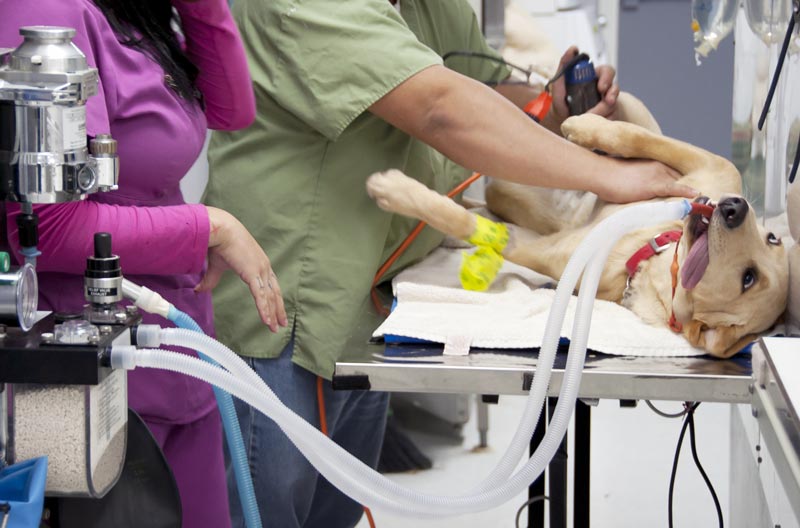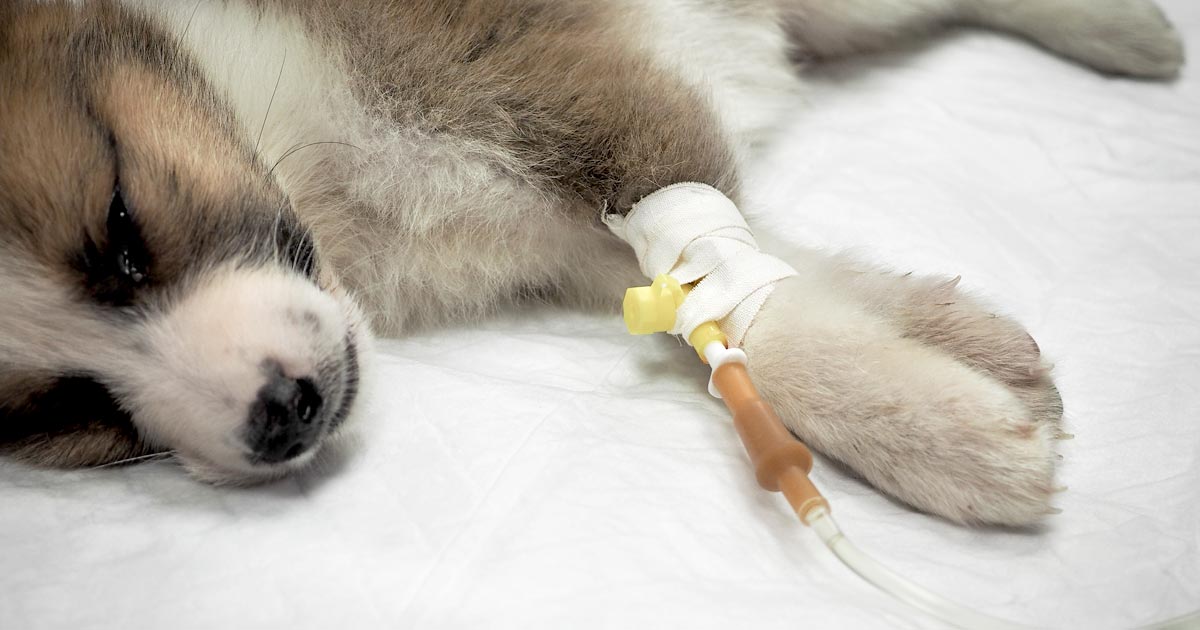There’s a trend in our industry that has been apparent to me since the early days of my training and I’m wondering if this attitude is prevalent elsewhere.
I see, time and again, the placement of an IV being used as a marker of general nursing skill level and competence. Yet, it‘s common for vet nurses or SVNs to carry out the much more complex skills of administering IV medication, and monitoring and maintaining IV lines, before learning how to place an IV.
So, why are people making a big thing out of a small part of the vet nursing repertoire? It’s a journey with many small parts, so why is the IV placement deemed the “headline act”?
Undeserved headliner
A much bigger and better headline is maintaining an IV line in a 1kg kitten, or administering IV metronidazole to a 60kg dog with no syringe driver and having functioning thumbs at the end of the session.
Why am I making this point?
My issue is not to say placing an IV safely with minimal stress to the patient isn’t something to brag about, but it needs to be within the wider context of all our vet nursing skills.
I realise this might lead some people to think we should remove IV placement as a SIII skill if it’s so easy.
“There are human phlebotomists,” I hear some people cry. “People trained to create holes directly into lumens – so surely we can train lay staff in the same way? Why is placing an IV bundled in with SIII skills?”
Phlebotomists are trained to carry out one skill – taking blood – they do not place indwelling access to a lumen and are not involved in further administration of medication or maintaining the patency of the access. Their role is very limited and we shouldn’t forget that.
Making it relatable?
Carrying out an IV, catheter, needle stick, a line, a cannula (whatever you call it) on animals is also a more advanced skill than blood-taking in humans – our patients are smaller, hairier and less inclined to sit nicely while we poke them with needles, for a start.
Placing an item into the vein to provide access for fluids or medications requires far greater skills and knowledge. Yet, for RVNs, it’s still a more basic skill than many of the others we learn – so why is it held up as the rite of passage during training?
Is there an element that this is an easy skill to share with non-veterinary people, so we create our nursing headline story based on a mutually understood skill many people would be in awe of?
Valuing our skills

Is stable and safe anaesthesia not an equally important sign of a competent vet nurse? Good communications skills? Is the maintenance and monitoring of IV access not as important (as well as being something that requires more knowledge and involves a wider variety of tasks)?
I could go on listing our skills, but I’ll save that for another day. However, it seems, from my experience – and that of others I’ve spoken to, we’re often underselling the big picture of our skills set.
Yes, it’s great to place a catheter (and I’ve bragged about achieving this in a 1kg dehydrated puppy more often than I care to recall), but the bigger part of my role for that patient was the work it took to get him hydrated enough, by other means, to get that IV in – then the subsequent care to keep it patent and administer medication were all equally as important.
Changing the headline
My brag about the placing of the IV was maybe the “easy headline” that would communicate to colleagues or friends the bigger picture of caring for that patient, because it can be hard to tell people everything we do as our role is so complex.
In this case, with my training and experience, I could:
- assess the patient’s dehydration and body condition
- communicate with colleagues about effective treatments
- set out a nursing care plan
Although the vet would prescribe the medication, everything else would be decided with me and delegated to me; my role was far greater than that single (but oh so satisfying) IV placement.
Bigger picture
Perhaps instead of bragging about that IV placement I should brag about the bigger picture: I kept him alive.
I kept him so alive I saw his picture being used in a CPD lecture to demonstrate how well he had grown after a poor start. I didn’t cry, honestly. I held back my happy tears with some dignified sniffs.
Is placing an IV “a thing” then? Yes it is, a valuable skill and an important one to maintain as RVN only yet it is part of our bigger role and we shouldn’t forget that, but perhaps it’s time our “headline” needs to be changed?

Leave a Reply